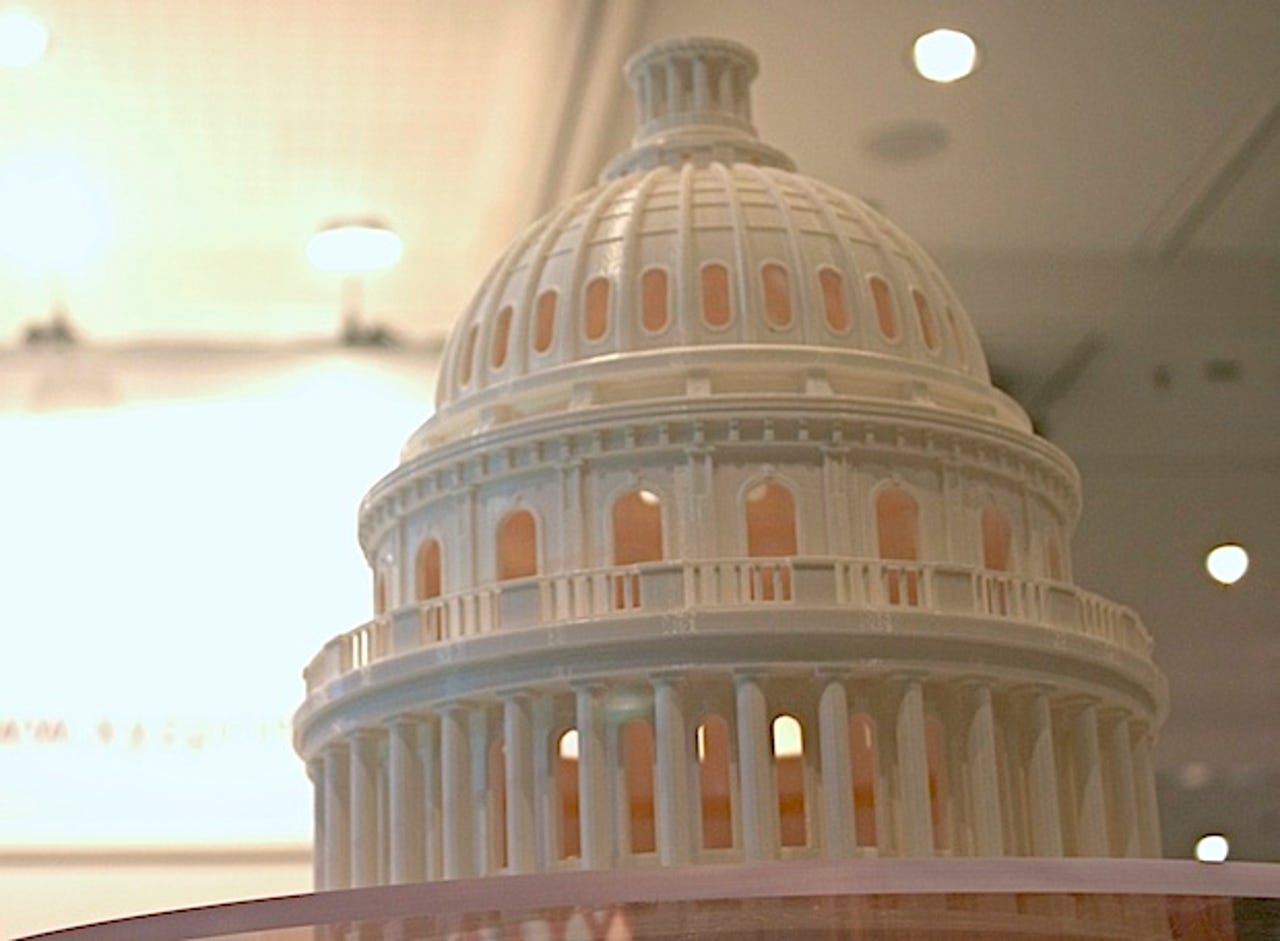IP lawyer: Why 3D printing will lead to 'thermonuclear wars'



NEW YORK — A leading intellectual property lawyer warned that the 3D printing market will likely go "thermonuclear," akin to the smartphone wars between Apple and Samsung, and others.
More from ZDNET's coverage of Inside 3D Printers in New York City
John Hornick, with Washington D.C.-headquartered law firm Finnegan, told attendees at the Inside 3D Printing conference in New York on Friday that with the "democratization of manufacturing," where the lines between who is a manufacturer, retailer, and user, the notion of intellectual property becomes "increasingly relevant."
"I expect that in time, there will be a lot of IP infringement lawsuits and all type of patent trademarks," he said. "The size and scale of this situation will be huge."
Like the smartphone wars, as soon as the market capitalization figure is big enough to protect intellectual property at any costs, he says that's when the 3D printing "wars" will begin.
The bigger picture, he said, is the whole concept of intellectual property meshing with 3D printers will disrupt things on a massive scale, which could rival that of the Industrial Revolution.
As 3D printing begins to take off, ordinary people in their own homes will be able to build products that bypass the world's major suppliers that could lead to massive losses by global industries. To that end, Gartner predicts that there will $100 billion in intellectual property losses by 2018.
"It may be difficult to identify the infringement, and it will be impossible or even impractical to enforce the laws." — John Hornick
"The disruption is on a mass-production scale," he said, because although companies have the advantage of speed and scale — in that they can make the products faster and in mass quantities — this reduces the control companies have on a game-changing level.
"We all know that on a micro-level, 3D printing offers a lot of advantages — only need one machine, can make a lot of design, greener technology... on the macro level, we have facially inconsistent situations."
At the same time, 3D printing can cause a disruption of traditional manufacturing models. It lends itself much more to regional manufacturing. He said with ordinary people printing in-house, by service bureaus, in their homes and in their workplaces, there's no need for companies to outsource or ship offshore.
"Anyone with a 3D printer with the sophistication can bypass the traditional supply change," he said. "It doesn't have to be perfect, it just has to be good enough." He cited a study from Michigan Tech University that home users may be able to save as much as $2,000 each year by making just two-dozen simple things with a 3D printer.
Featured
That alone, he said, could put "people out of work."
"One more thing to have disruption, and that is the ability to do all of these things away from control," he said.
In the longer term there will be major economic disruption, he said. "It may be difficult to identify the infringement, and it will be impossible or even impractical to enforce the laws."
The innovators and others believe intellectual property is not really fostering innovation and because technology develops so fast, there isn't a need for rights protection to last as long.
The bottom line? He said people that are against intellectual are only against it until they need it — and that's when they are in favor of it.